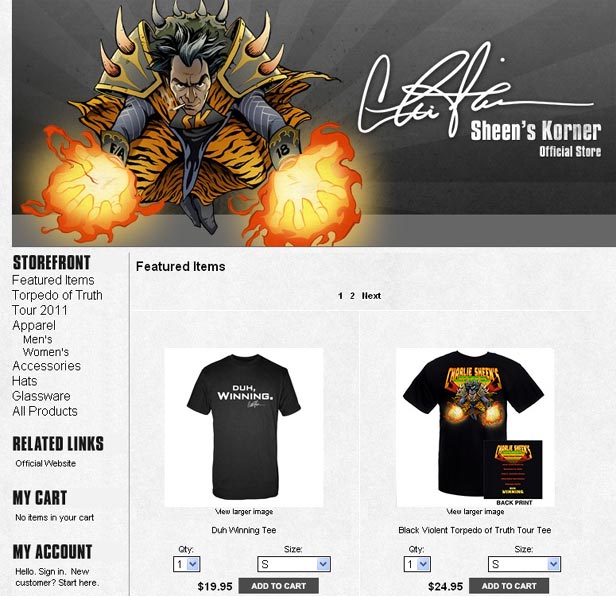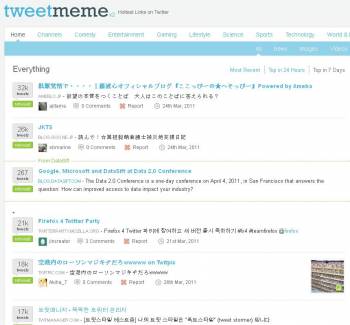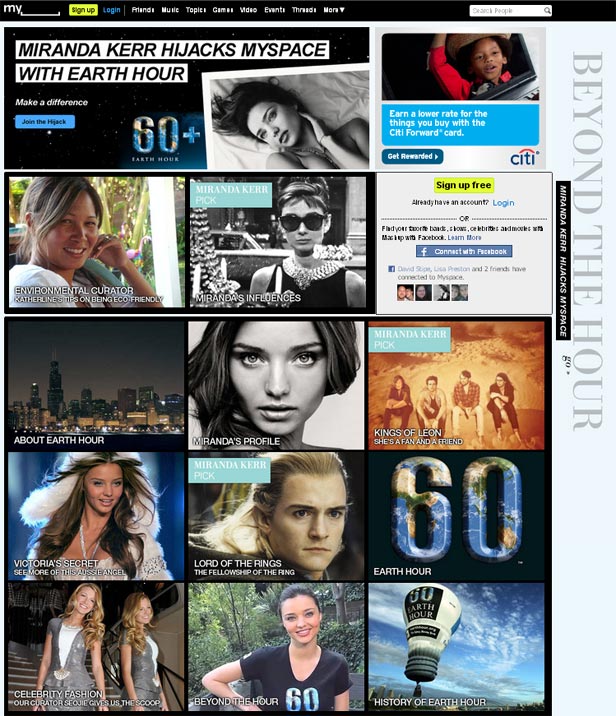John Citrone, editor at the online writing community Xomba.com, says Xomba saw Google’s Panda update coming, and started preparing last summer, when it started to draw up a plan to prepare for an “algorithmic shift” from Google.
“Around the first of the year, we began creating a new site design with new community networking features for people who want to express themselves in more than 140 characters,” he tells WebProNews. “Our new design will reduce or eliminate our dependence on Google to bring us traffic through its search results; our focus is to build a community of people who want to network with each other and share their experiences and their passions.”
“Xomba’s approach to revenue sharing is similar that of HubPages and the like, but we will no longer emphasize that aspect of writing at Xomba,” he says referring to one of the sites that got hit hard by the Google Panda update. “We are, instead, changing the way people approach writing online.”
“We were lucky, considering the broad-reaching impact the Google changes have meant for sites like ours,” Citrone tells us. “We have been preparing for this for quite a while, so though we may have experienced an immediate hit, we are confident that our site relaunch will not only put us where we were pre-algorithmic shift, but will also mean more independence for us in the future.”
“In the past, Google was our primary source of traffic, but last summer we decided to make changes that would offer us more flexibility and independence,” he continues. “We knew this would be important if we wanted to remain viable in the long-term.”
“Since we are moving toward building a community of users, we will capitalize on integrating with existing social networks like Facebook and Twitter,” he adds. “We have created a host of networking features within the site as well, to offer our users greater command over where their content is posted and how it is being viewed. We’re more interested in building a community similar to Twitter or Tumblr than competing with ‘low-quality content farms.’”
While most content sites rely on Google or search in general for the bulk of their traffic, Xomba’s approach reflects a newer way of thinking throughout the web – that less dependence on search (and being less at the mercy of algorithms) is a better approach for a sustainable business. In other words, it’s best not to put your eggs all in one basket.
Sites are likely to find their best traffic sources to come from the channels in which they put the most effort into. If SEO is your game – and you really take it seriously – you probably get most of your traffic from search. If you ignore SEO, but spend endless hours improving your social strategy, you probably get more from social channels. Of course a good mix is ideal, but the point is, there are potential traffic sources besides Google.
That said, Google is an incredible force on the web with its huge share of the search market. It’s hard to trump Google visibility, but people are spending a great deal of time these days using social channels, and compelling content is what people are sharing.
“Last summer, we decided to push our users toward posting substantive content and promoting it through networking features,” says Citrone. “We even went so far as to change our posting rules to raise the ‘quality’ bar. We want users to post content they care about. Our position is that content that is well-put-together, content people inject with their own passion, will find an audience. It’s also something they can be proud of and promote independently, without relying solely on Google.”
“All user-generated content sites could be considered content farms,” he says. “But let’s be clear: We don’t employ writers nor do we instruct our users on what to write about. The term ‘content farm’ has taken on a stigma that is unbecoming, and it certainly is not what we are about. We want people coming to Xomba because the content is strong, entertaining and substantive. If it hits high in search engines, great. If not, it’s still worthwhile. That’s what matters to us.”
Sites most commonly lumped into the content farm category (the actual definition of the phrase is widely debated) are also going out of their way to improve quality. Demand Media, which is often the first company associated with this label in the public eye (though the company itself will have no part of it) has been particularly vocal about improving its quality – even long before the Panda update – and even long before its recent IPO.
The fact of the matter is that most sites with large amounts of content have a wide spectrum of quality. Demand Media’s properties are included in that. Demand has been making high-profiles deals with brands and celebrities to enhance the quality and perception of the content it offers. The company has also put an increasing amount of focus on social media – less dependence on Google.
Demand Media is looking at implementing some kind of “curation layer” to its content, which the company has said will be a way of “using (something like) Facebook” as a way to give feedback on how helpful articles are. They would then use that feedback to improve the quality of content.
HubPages has taken steps to improve its own site search – a good way to keep visitors from going right back to Google to continue searching for what they’re looking for.
“We foresaw the Google changes and have been working hard preparing for them over the last year,” Citrone tells us. “This seems to have kept us in front of the curve. Specifically, over the last couple of months we’ve informed our users that we’re raising the standards for acceptable content.”
“The new website is being built with a philosophy similar to websites like Twitter, but for people who want to write more than 140 characters,” he says. “There’s a high demand for this kind of community, especially now with the fall of ‘low-quality’ ‘content farms.’ Our success should not be determined by changes in any search engine algorithm, but by the acceptance and enthusiasm of our audience.”

Xomba is in its final design stages and is ready to launch its new design strategy next month. While we have yet to see how effective Xomba’s redesign will be itself, the philosophy behind it is dead on. Create a great user experience that makes people want to use your site. The best traffic is direct. That’s the traffic that sticks around for a while and comes back after it’s gone. Never stop looking for ways to improve the user interface of your own site.
As far as referral traffic, Google should not be ignored, but there is also a growing number of potential new sources as more ways to share become available – new social channels, new mobile apps, etc.




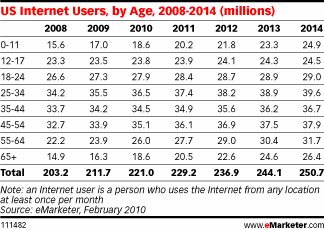


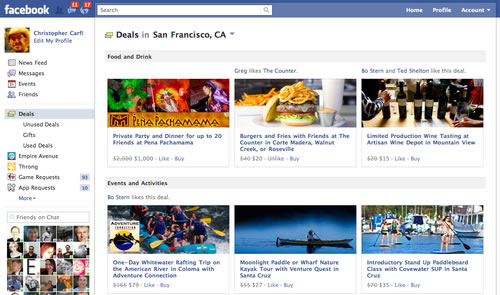


 Anyhow, according to Anekal, 1 in 5 Americans play Zynga games like Farmville, Cityville, etc. Cityville, he said, has almost a hundred million users. Last year, the average user played 68 minutes per day, and though is based on browser time, even if you cut that number in half, it’s an “enormous amount,” even compared to broadcast television.
Anyhow, according to Anekal, 1 in 5 Americans play Zynga games like Farmville, Cityville, etc. Cityville, he said, has almost a hundred million users. Last year, the average user played 68 minutes per day, and though is based on browser time, even if you cut that number in half, it’s an “enormous amount,” even compared to broadcast television.

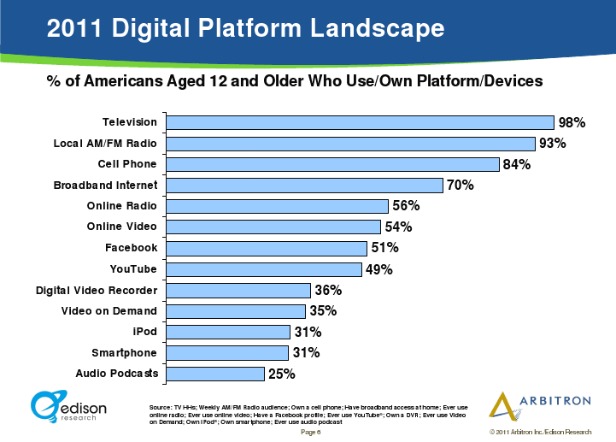
 That’s a risky move. It may of course succeed in getting Google’s 25,000 or so employees to use
That’s a risky move. It may of course succeed in getting Google’s 25,000 or so employees to use 

